This year’s Annual Meeting of the Orthopaedic Research Society featured many outstanding projects, one of which was led by BME graduate student David Ruppert. David delivered a fantastic podium lecture in addition to a research poster. His research topic? Osseointegration of 3D printed prosthetics. By implanting a 3D printed prosthetic directly onto the affected bone via percutaneous injection, a patient could expect greater motion control, lessened pain, and a potentially huge cost savings. “Our findings showed that rough textured implants created through 3D printing exhibit stronger bone integration than machine threaded counterparts,” according to Ruppert. “This highlights the superiority of using 3D printing to not only produce custom designs, but also custom surfaces that interface with amputees’ residual bones.” He was also sure to point out that with new technology comes new problems, however: the site of implant injection is susceptible to infection, and the rehabilitation time is lengthy at 12 months. David and his research team also found that vibrating the body within a specific amplitude range yielded positive bone density results, illustrating that the 3D printed prosthetics may be able to help curb bone loss during the rehabilitation period. Results of his research were well-received and have been featured by the ORS as well as 3DPrint.com.
Orthopaedic Research Society Features Research by BME Graduate Student David Ruppert
Comments are closed.


